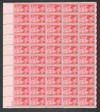
# 985 - 1949 3c Grand Army of the Republic
Grand Army Of The Republic
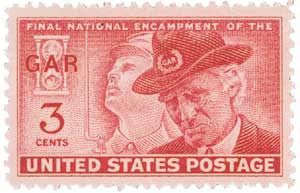
On April 6, 1866, in Springfield, Illinois, Dr. Benjamin F. Stephenson founded the Grand Army of the Republic (GAR) to bring together Civil War veterans.
After the Civil War, state and local organizations were founded throughout the country to help veterans stay in contact with each other. These organizations were created to provide fellowship and aid to those veterans in need.
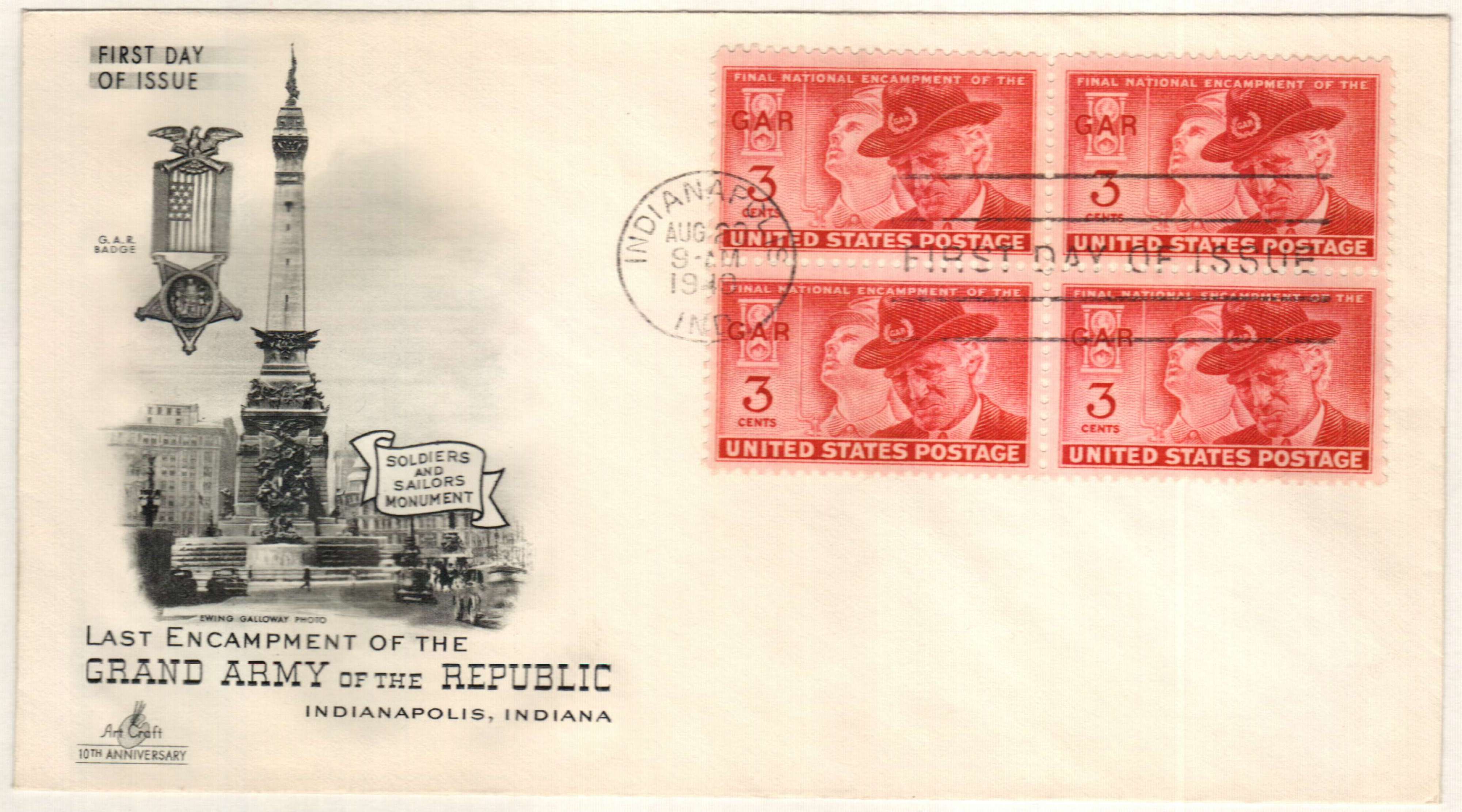
Dr. Benjamin F. Stephenson founded the GAR on the principles of “Fraternity, Charity, and Loyalty.” Membership was open to honorably discharged Union veterans of the American Civil War who served between April 12, 1861, and April 9, 1865. This included members of the Army, Navy, Marines, and US Revenue Cutter Service.
The GAR was founded to provide fellowship among the men who fought to preserve the Union, to honor those killed in the war, to care for veteran dependents, and to preserve the US Constitution. It established soldiers’ homes, was active in relief work, and lobbied for pension legislation.
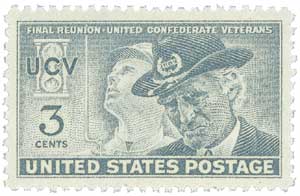
They also helped to establish Memorial Day. On May 5, 1868, the GAR’s commander-in-chief John A. Logan issued a proclamation that May 30 would be Decoration Day, to honor those who died “in defense of their country during the late rebellion.” He chose the day because it wasn’t the anniversary of any battle and according to some sources because that was the best day for flowers to be in bloom. There were memorial events in 183 cemeteries in 27 states that year, marking one of America’s earliest Memorial Day celebrations.
The GAR quickly spread across the country. They were the first integrated society of their kind, gladly welcoming black Union veterans into their midst. They also had significant political power and were a major advocate for the Republican Party, especially during the Reconstruction Era. They were partly responsible for the elections of Presidents Grant, Hayes, Garfield, Harrison, and McKinley. At its peak in 1890, the GAR had over 490,000 members.
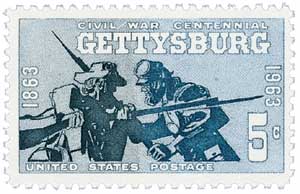
The GAR helped preserve the Gettysburg Battlefield, paving the way for it to later become a national park. They also held some of their encampments there. Among these was one held for the 50th anniversary of the battle, which was attended by more than 50,000 Union and Confederate Veterans.
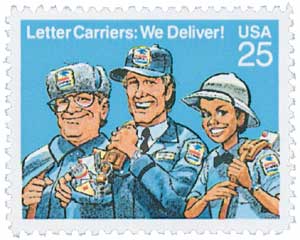
The GAR held encampments all over the country every year since it’s founding. These encampments were multi-day events involving meetings, formal dinners, memorial events, and camping. At the 1889 encampment in Milwaukee, Wisconsin, local letter carriers came together to discuss their issues. At the time, the cries of city postal workers for eight-hour days, increased pay, and better working conditions were ignored by politicians. At the encampment, 60 postal workers met and adopted a resolution to form the National Association of Letter Carriers.
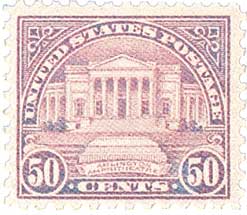
The Final Encampment of the GAR was held in Indianapolis, Indiana, in 1949. Only 16 members were still alive, with six present at the meeting. At the final campfire, the colors (flag) of the GAR were retired for the last time, and a Marine Band bugler played “Taps.” Its last member was Albert Woolson, who died in 1956 at the age of 109. The Sons of Union Veterans of the Civil War later succeeded the GAR.
Grand Army Of The Republic

On April 6, 1866, in Springfield, Illinois, Dr. Benjamin F. Stephenson founded the Grand Army of the Republic (GAR) to bring together Civil War veterans.
After the Civil War, state and local organizations were founded throughout the country to help veterans stay in contact with each other. These organizations were created to provide fellowship and aid to those veterans in need.

Dr. Benjamin F. Stephenson founded the GAR on the principles of “Fraternity, Charity, and Loyalty.” Membership was open to honorably discharged Union veterans of the American Civil War who served between April 12, 1861, and April 9, 1865. This included members of the Army, Navy, Marines, and US Revenue Cutter Service.
The GAR was founded to provide fellowship among the men who fought to preserve the Union, to honor those killed in the war, to care for veteran dependents, and to preserve the US Constitution. It established soldiers’ homes, was active in relief work, and lobbied for pension legislation.

They also helped to establish Memorial Day. On May 5, 1868, the GAR’s commander-in-chief John A. Logan issued a proclamation that May 30 would be Decoration Day, to honor those who died “in defense of their country during the late rebellion.” He chose the day because it wasn’t the anniversary of any battle and according to some sources because that was the best day for flowers to be in bloom. There were memorial events in 183 cemeteries in 27 states that year, marking one of America’s earliest Memorial Day celebrations.
The GAR quickly spread across the country. They were the first integrated society of their kind, gladly welcoming black Union veterans into their midst. They also had significant political power and were a major advocate for the Republican Party, especially during the Reconstruction Era. They were partly responsible for the elections of Presidents Grant, Hayes, Garfield, Harrison, and McKinley. At its peak in 1890, the GAR had over 490,000 members.

The GAR helped preserve the Gettysburg Battlefield, paving the way for it to later become a national park. They also held some of their encampments there. Among these was one held for the 50th anniversary of the battle, which was attended by more than 50,000 Union and Confederate Veterans.

The GAR held encampments all over the country every year since it’s founding. These encampments were multi-day events involving meetings, formal dinners, memorial events, and camping. At the 1889 encampment in Milwaukee, Wisconsin, local letter carriers came together to discuss their issues. At the time, the cries of city postal workers for eight-hour days, increased pay, and better working conditions were ignored by politicians. At the encampment, 60 postal workers met and adopted a resolution to form the National Association of Letter Carriers.

The Final Encampment of the GAR was held in Indianapolis, Indiana, in 1949. Only 16 members were still alive, with six present at the meeting. At the final campfire, the colors (flag) of the GAR were retired for the last time, and a Marine Band bugler played “Taps.” Its last member was Albert Woolson, who died in 1956 at the age of 109. The Sons of Union Veterans of the Civil War later succeeded the GAR.






